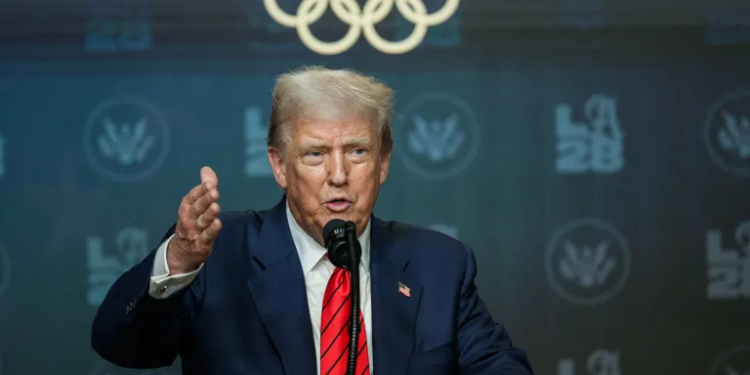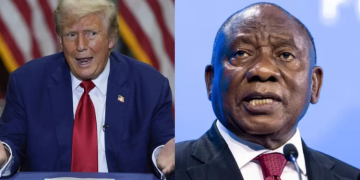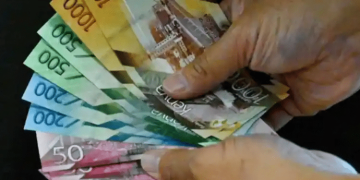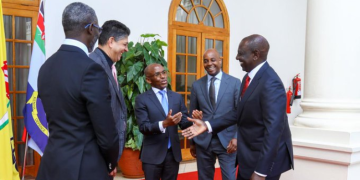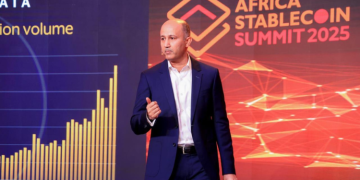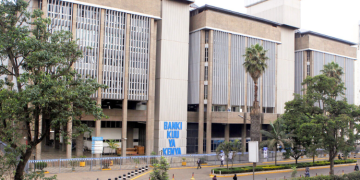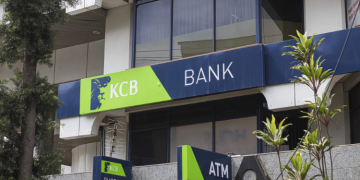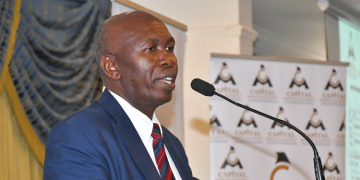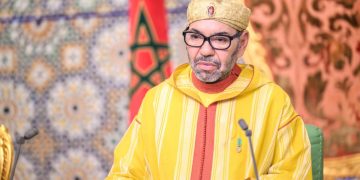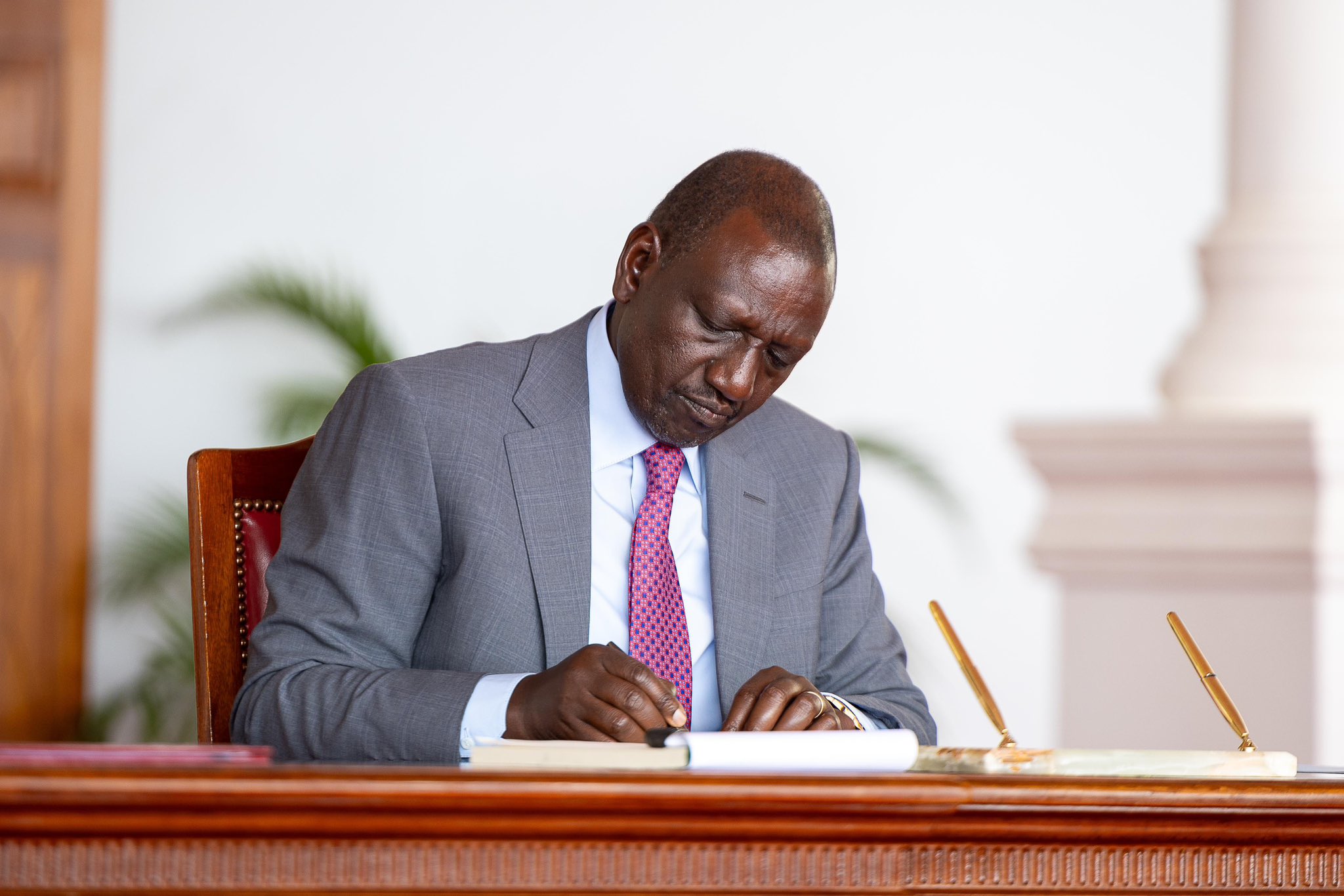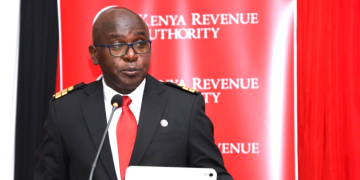1970s US Stagflation: Investopedia defines stagflation as ‘the combination of slow economic growth, high unemployment, and a high rate of inflation.’ US government military spending in the Vietnam War pushed inflation to rise from one percent in 1961 to 5.8 percent in 1970. Brent oil price rose by 3,288 percent from $1.21/barrel in January 1970 to $42/barrel in November 1979 from OPEC oil embargo and Iranian Islamic Revolution. US inflation soared from 3.3 percent in 1972 to 13.6 percent in 1980. The FED’s loose inflationary monetary policy to spur growth of GDP and employment, saw its Federal Funds Rate (FFR) fall from 9.19 percent in August 1969 to 3.3 percent in February 1972.President Richard Nixon control of wages and prices led to inflationary shortages.
The unemployment rate rose from 3.4 percent in May 1969 to 9 percent in May 1975. US Full Employment and Balanced Growth Act of 1978 set the NAIRU (Non-Accelerating Inflation Rate of Unemployment) at 4 percent. GDP growth rate fell from 6.5 percent in 1966 to 0.2 percent in 1970. It further plummeted from 5.6 percent in 1973 to contract by negative 0.5 percent in 1974 and negative 0.2 percent in 1975.
FED 1980s Response to Stagflation
Hawkish FED Chairman Paul Volcker was appointed in August 1979. He hiked the FFR to 19.1 percent by July 1981 to halt inflation which rose to 13.5 percent in 1980. High FFR triggered GDP contraction by negative 1.8 percent in 1982. The unemployment rate rocketed to 10.8 percent in 1982. The FED used an implicit 2 percent low and stable inflation target until 2012 when FOMC made it explicit.
Current US Stagflation Threats
President Trump 2nd of April 2025 Liberation Day Reciprocal Tariffs shocked the world. Subsequent financial markets’ selloff of US bonds and equities lead to the crash of stock markets and USD weakening against the Euro. President Trump paused implementation of the tariffs for 90 days except China’s.
Also Read: Trump Moves to Counter China After Ruto Deals in Beijing
FOMC Summary of Economic Projections expects stagflation. It revised the US 2025 GDP growth down to 1.7 percent from 2.1 percent and unemployment rate up to 4.4 percent from 4.3 percent.
It forecasts PCE inflation and Core PCE Inflation to rise from 2.5 percent to 2.7 percent and 2.8 percent, respectively. US households and private sector continue to stock up imports before tariffs commence. Americans expect tax cuts and tariffs to be inflationary while FED prays, they are transitory and non-persistent. University of Michigan Inflation Expectation (MICH) rose from 2.6 percent in November 2024 to 5 percent in March 2025.
Scenario 1- FED Prioritize GDP & Employment Growth – Upsides for Africa
The FED would cut FFR two times of twenty-five basis points each to the 3.75-4 percent range which delivers the 3.9 percent FFR terminal rate in 2025. The Secured Overnight Financing Rate (SOFR) fall would match Effective FFR. USD would weaken as EMDEs currencies strengthen as investors seek higher returns from non-US assets. The weaker dollar means importers win, exporters lose, and US outbound tourists fall as dollar purchasing power overseas decreases.
EMDEs funding freeze FCY deficit financing would ease from lower SOFR and sovereign risk premia as FCY debt default risk recedes, and credit ratings are upgraded. Reduced overdependence on LCY deficit financing would see treasury yields fall, and government LCY debt repayment costs decrease. EMDEs central bank policy cuts would spur growth of credit, GDP, and jobs.
A weak dollar would herald higher USD liquidity and pre-empt banks breaching Single Obligor Limits (SOL). Currency translation would see YOY loan and assets quoted in LCY fall. Banks would enjoy lower cost of deposits and funds from falling rates and lower government crowding out from term deposits. They would enjoy higher demand for credit, lower NPLs, declining loan provisions, and loosening credit underwriting standards to spur credit growth. Banks would lengthen tenor of loans, increase appetite for big ticket loans and risky sectors like MSMEs and agriculture. Falling Eurobond and treasury bond yields would inversely increase bond prices thus reducing the mark to market (MTM) losses.
Scenario 2- FED Prioritize Curbing of Inflation – Downsides for Africa
FOMC may continue pausing the FFR at 4.25-4.5 percent or hike upwards. Secured Overnight Financing Rate (SOFR) may pause at 4.39 percent or trend towards its July 2024 high of 5.4 percent. Re-emergence of a Strong USD would drive depreciation of EMDEs currencies via flight to safety of USD denominated bonds and equities. Strong Dollar makes exporters winners and importers losers while US outbound tourists would rise.
Also Read: Trump Gives Way Foward on Trade Tariffs in His 100-Day Speech
FCY deficit financing funding freeze of EMDEs would worsen from a higher SOFR and sovereign risk premia as FCY debt default risk heightens and ratings are downgraded. Dependence on IMF BOP and budget loans would skyrocket. Due to rise in dependence on LCY deficit financing, bond yields rise, and government debt costs increase to narrow the fiscal space. EMDEs central banks would converge their policy rates to match FED hikes to defend their local currencies from depreciation due to capital flight emanating from mismatch in international interest rate parity.
Banks would be forced to increase their buffers for liquidity, asset quality and capital amidst crowing out of the private sector from credit and banks from term deposits. A Strong Dollar would reduce USD liquidity due to precautionary and speculative motives of money while increasing likelihood of single obligor limit breach. Total loan book and assets in LCY would bloat. The bank cost of deposits and DFI borrowings would rise. Rising lending rates would dampen demand credit, increase NPLs and provisions, occasion tightening of lending standards and contraction in loan portfolio. Banks would prefer short-term high velocity digital loans, and shy from risky sectors. Rising Eurobond and LCY bond yields would cause inverse fall in bond prices to herald return of mark to market (MTM) losses which triggered collapse of Silicon Valley Bank (SVB), Signature Bank, First Republic Bank and Credit Suisse.
Follow our WhatsApp Channel and X Account for real-time news updates.


